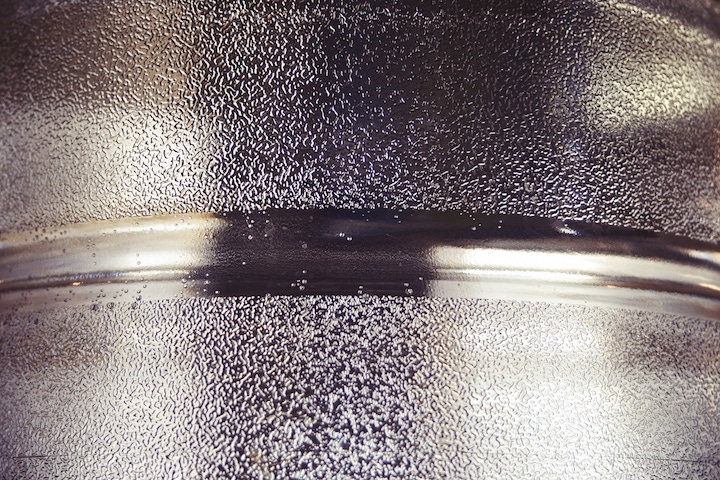Titanium sales for additive manufacturing to exceed $330 million
A new study projects revenues for titanium powders used in additive manufacturing (AM) to reach more than $330 million, corresponding to 740,500 kg of titanium, by 2020. Titanium is becoming the highest revenue-generating opportunity in additive manufacturing metals, both because of its rapid growth and relatively high price.
November 17, 2015

A new study projects revenues for titanium powders used in additive manufacturing (AM) to reach more than $330 million, corresponding to 740,500 kg of titanium, by 2020. Titanium is becoming the highest revenue-generating opportunity in additive manufacturing metals, both because of its rapid growth and relatively high price.
 Titanium is increasingly sought for AM projects because of its high strength-to-weight ratio, biological inertness and other desirable properties. The report from SmarTech Markets Publishing includes 10-year forecasts for the material's uptake in the aerospace, automotive, jewelry and dental sectors; by service bureaus; and in "other adopting industries."
Titanium is increasingly sought for AM projects because of its high strength-to-weight ratio, biological inertness and other desirable properties. The report from SmarTech Markets Publishing includes 10-year forecasts for the material's uptake in the aerospace, automotive, jewelry and dental sectors; by service bureaus; and in "other adopting industries."
AM titanium will continue to be used where premium performance is required, the report notes. In the short term, the supply chain for AM titanium powder will be controlled by smaller specialty providers, but larger global metal firms are now beginning to jump in. These firms have historically sold to metal AM system vendors; however, today several very large users of metal AM in aerospace and medical are ordering in volumes large enough to sustain smaller powder providers.
The vast majority of titanium powder used in current additive manufacturing systems falls into two types: Ti7AI4V (Ti64) and commercially pure titanium (CPT). Increased use of specialty titanium alloys is expected to vary depending on the adopting industry.
Titanium is being explored for smaller structures in aircraft engines, such as brackets and housings, but may expand into larger structural components to drive demand. By 2020, aerospace will be consuming almost 155,000 kg of titanium. Most available specialty titanium alloys today have been developed with aerospace in mind.
Titanium also has good prospects in medical markets because of its biocompatibility and bone ingrowth performance. It also is capable of outperforming heavier alloys with its strength-to-weight ratio. Production of titanium orthopedic implants using AM is growing rapidly across the board, with new products in spine, hip, knee and other orthopedic areas. Medical applications of AM titanium will account for around 274,000 kg in 2020.
More information on this report can be found on the website of SmarTech Markets Publishing, a provider of industry analysis for the 3D printing/additive manufacturing sector.
About the Author(s)
You May Also Like




